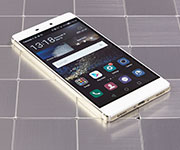Tom's Guide Verdict
The Huawei P8 packs a gorgeous 5.2-inch display and feature-rich camera in a stunningly sleek body.
Pros
- +
Beautiful, premium body
- +
Gorgeous and vibrant display
- +
Nifty software touches
- +
Slew of camera special features
Cons
- -
Below-average battery life
Why you can trust Tom's Guide

Watch out, Samsung and Apple. There's a new, sexy handset in town, and it's from an unusual suspect. Huawei's latest flagship, the P8 (499 Euros, about $530), is the supermodel of smartphones. Its premium aluminum-and-glass unibody design is enticing, and its gorgeous full-HD display will have you glued to the screen. Plus, the 13-megapixel camera boasts an impressive array of features. The P8’s interface is anything but stock Android, but overall, this is a phone that grabs — and keeps — your attention.
Editor’s Note: We tested the international version of the Huawei P8, using a T-Mobile SIM card. The handset also supports AT&T’s network in the United States.
Design
I'm pretty sure I annoyed all my friends by incessantly gushing about how sleek the Huawei P8 is, but everyone agreed. If the Galaxy S6 Edge is the curvy Tyra Banks of the smartphone world, then the skinny, minimalistic P8 is Heidi Klum.
Huawei says it was inspired by the design of leatherbound handcrafted book binding, but really it looks more like the company took a page out of Apple's book. With its gold, metallic back embellished with a slim, white stripe near the top and bottom that spills over to the sides, the P8 looks like a sharp, rectangular iPhone 6 Plus. My unit was Champagne Gold, but the P8 is also available in black.
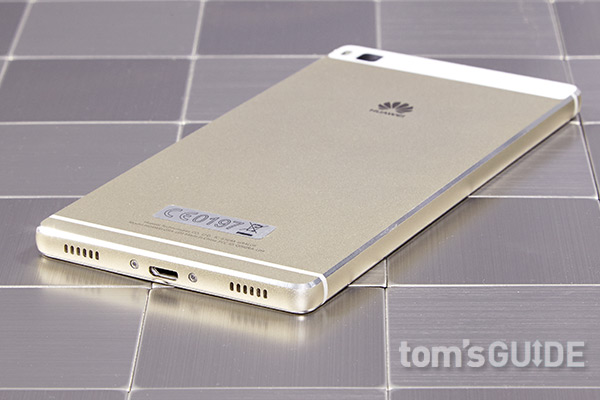
Framing the handset's 5.2-inch display is a white bezel that’s superthin on the long sides but almost an inch wide on the top and bottom. Above the screen sits an 8-megapixel camera and LED indicator light.
MORE: Best Smartphones on the Market Now
Along the right edge sit nano SIM and micro SD/SIM slots, as well as the power and volume buttons. I like that the power button is a small square, which makes it easy to distinguish by touch. The bottom side houses the micro USB port and dual speakers, while the top has a 3.5-mm audio jack.
Get instant access to breaking news, the hottest reviews, great deals and helpful tips.

Measuring a mere 0.25 inches thin, the Huawei P8 is slimmer than the LG G4 (0.24 to 0.39 inches), and the Samsung Galaxy S6 and the iPhone 6, both of which are 0.27 inches thick. The 5-ounce Huawei P8 is heavier than the Galaxy S6 (4.9 ounces) and the iPhone 6 (4.5 ounces), but lighter than the LG G4 (5.5 ounces).
Display
Talk about eye candy. Every time I was greeted by one of the beautiful wallpapers on the P8's lock screen, it was like a sumptuous treat for my peepers. The Huawei P8's 5.2-inch 1920 x 1080 display is so striking that some of my colleagues had a hard time believing it was not a quad-HD display.
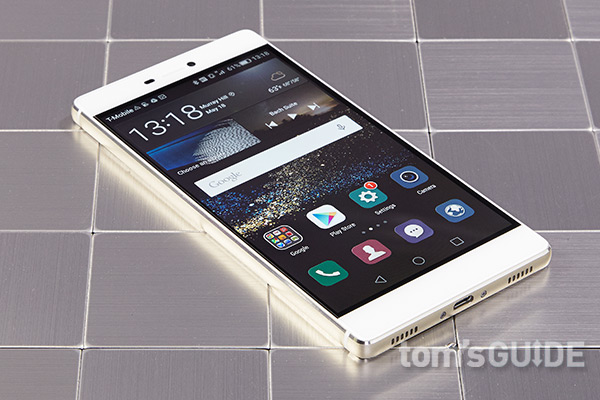
I enjoyed the rich, vibrant reds in scenes of nighttime traffic in a 1080p trailer for Police Story, and the clarity of Jackie Chan's frown lines as he looked up at his captor. Viewing angles were generous, as image quality did not degrade as I tilted the phone at extreme angles.
Registering a fairly strong 425 nits on our light meter, the P8 is brighter than the LG G4 (396 nits) and the average smartphone (382 nits), but dimmer than the Galaxy S6 (521 nits) and the iPhone 6 (537 nits).
Based on our colorimeter readings, the P8 is capable of reproducing 124.2 percent of the sRGB color gamut. This means it can display more colors than the average smartphone (115.8 percent), the LG G4 (109.8 percent) and the iPhone 6 (95 percent). It's not quite as colorful as the Galaxy S6, though, which notched 159 percent.
Although I sometimes felt the P8's display was a tad too saturated for my liking, its Delta-E rating of 2.2 showed that it's pretty accurate. That showing beat the average smartphone (4.11), the LG G4 (3.4), Galaxy S6 (4.7) and the iPhone 6 (3.0). Numbers closer to 0 are better.
Audio
Thanks to the P8's booming speakers, I enjoyed rocking out to Something Bad by Miranda Lambert and Carrie Underwood, which was loud enough to be heard everywhere in a small studio apartment. Lambert's and Underwood's voices clashed with the drums and instruments in the background of the music, though.
MORE: Best Bluetooth Speakers
Software and Interface
Running Huawei's Emotion UI (EMUI) 3.1 over Android Lollipop, the P8 offers a ton of customizations that are generally thoughtful and useful, but Android purists may balk at the stark differences.
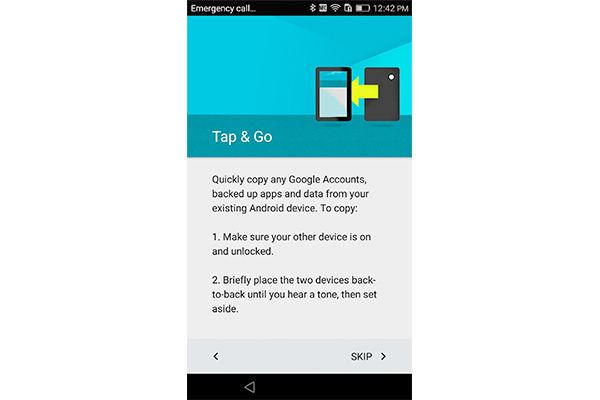
It took me a while to figure out where apps such as Gallery and Browser were, since Huawei's custom icons for them were so different from a regular Android's.
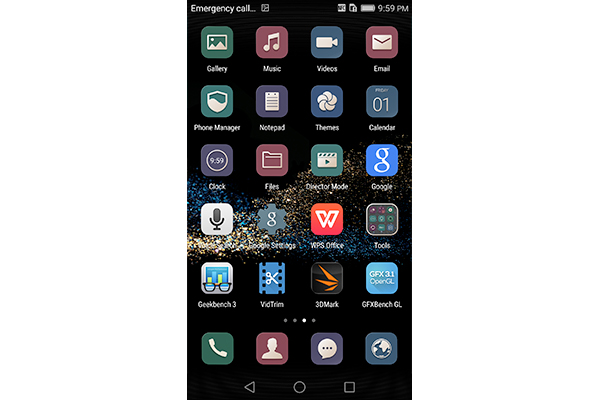
But Google's services, such as Gmail and Chrome, are still available; they're just in an inconspicuous folder on the home page. You'll have to rearrange some apps to put these apps front and center.

Once you get used to the skin, which looks modern and sophisticated, you'll find EMUI has plenty to offer. The lock screen offers direct access to the camera with a swipe up, and displays your notifications on top of a beautiful backdrop (one of Huawei's stunning preloaded pictures). Dragging up from the lock screen pulls up a drawer with shortcuts to functions such as music playback, sharing, screenshot, settings, calculator and flashlight.

If you get sick of the customized Huawei icons for apps such as Gallery, Videos, Email, Calendar, Contacts and Browser, you can choose different sets of predefined icons by customizing your Theme.
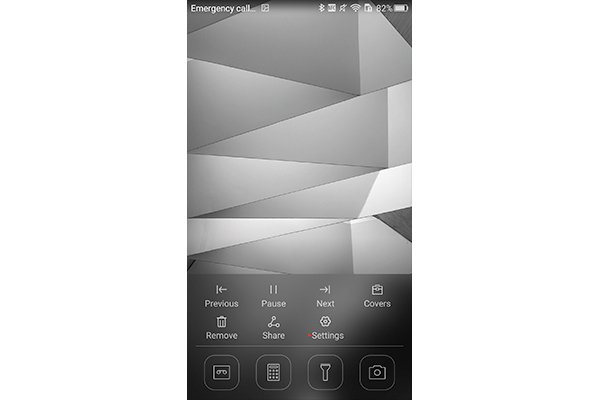
Huawei also removed the apps drawer, instead placing all your apps on the home screens, a la iOS. This made it easier for me to organize my favorite apps without having to go into a separate screen.
I really like that notifications — in the panel that slides down from the top — come with actions such as Archive and Reply (for messages) or Like and Comment (for Facebook). This made it easy to quickly respond to my friends.

The P8 also alerts you when a background app is consuming more power than normal and will give you the option to shut it down from the notifications drawer.
Performance
Armed with a 2.0-GHz octa-core Huawei Kirin 930 CPU with 3GB of RAM, the P8 is plenty zippy. I smoothly played a round of Dessert Making (a hidden-object game) while two video downloads and Netflix were running in the background. Sometimes, however, I noticed some lag while trying to open an app from the open apps screen.
On synthetic tests, the P8 delivered above-average performance, but often lagged behind its competitors.

Scoring 3,334 on general-performance benchmark Geekbench 3, the Huawei P8 fared better than the average smartphone (2,344) and the Apple A8-powered iPhone 6 (2,931). However, it trailed the Snapdragon 808-backed LG G4 (3,493) and the blazing octa-core Samsung Exynos-enabled Galaxy S6 (5,120).
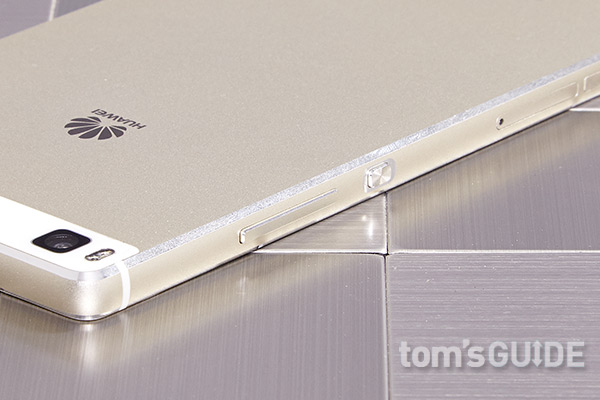
It took the Huawei P8 4 minutes and 31 seconds to transcode a 204MB video from 720p to 480p. That's faster than the average smartphone (6:42), but slower than the LG G4 (4:13) and the Galaxy S6 (2:35).
With a 3DMark Ice Storm Unlimited result of 11,544, the P8's graphics performance is poorer than the average smartphone (14,664), the LG G4 (18,510), the iPhone 6 (16,558) and the beastly Galaxy S6 (21,193).
Camera Performance
Huawei says it squeezed a DSLR-level image signal processor (ISP) and a four-color RGBW (red, green, blue, white) sensor into the P8's camera for better pictures, and the results are impressive.
My close-ups of some red berries and grapefruit juice in a champagne glass were accurately colored. Details, such as the pitted texture of the berries, were crystal clear.
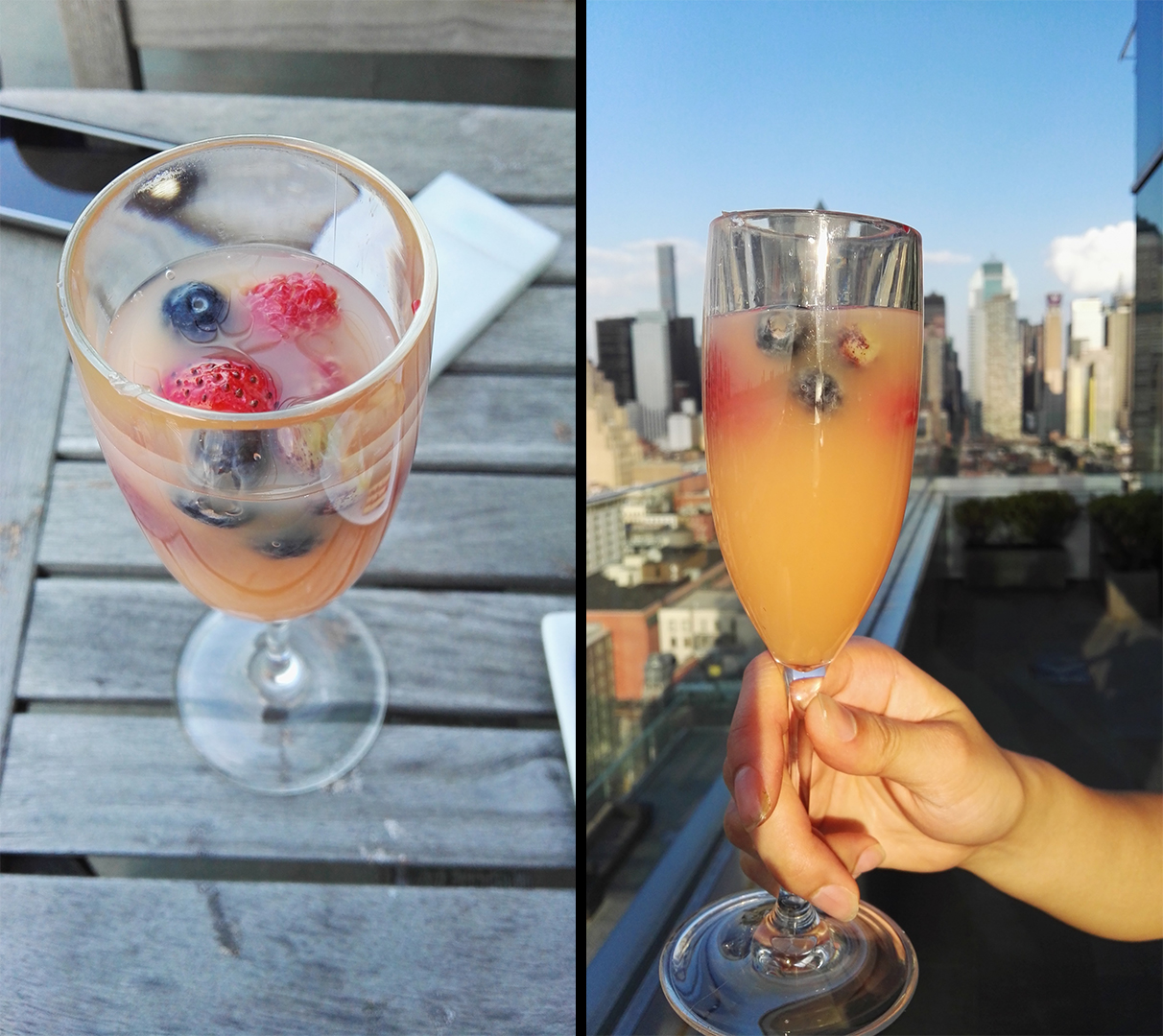
The P8's pictures were nearly as good as those taken by our current favorite smartphone camera, the Galaxy S6.

Pictures of a Transformers Autobot logo taken with both devices were similarly sharp, but the Huawei's shot was slightly more green overall, while the S6 had a more accurate color and better contrast.
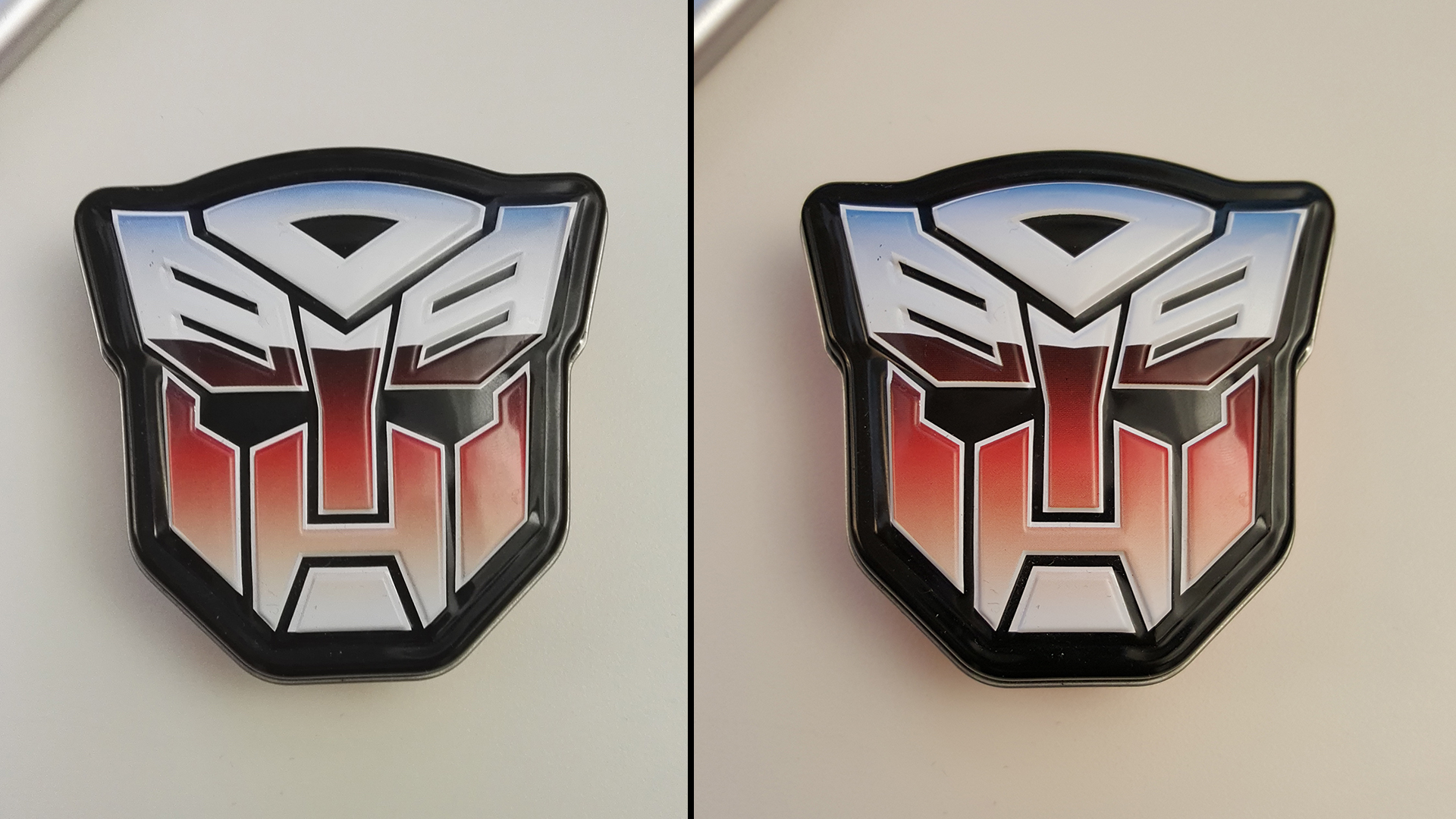
In low light, the P8 continued to impress. My pictures of Central Park at dusk showed fine detail, such as windows on faraway buildings, and green trees and blue sky looked true.
MORE: The Best Smartphone Cameras
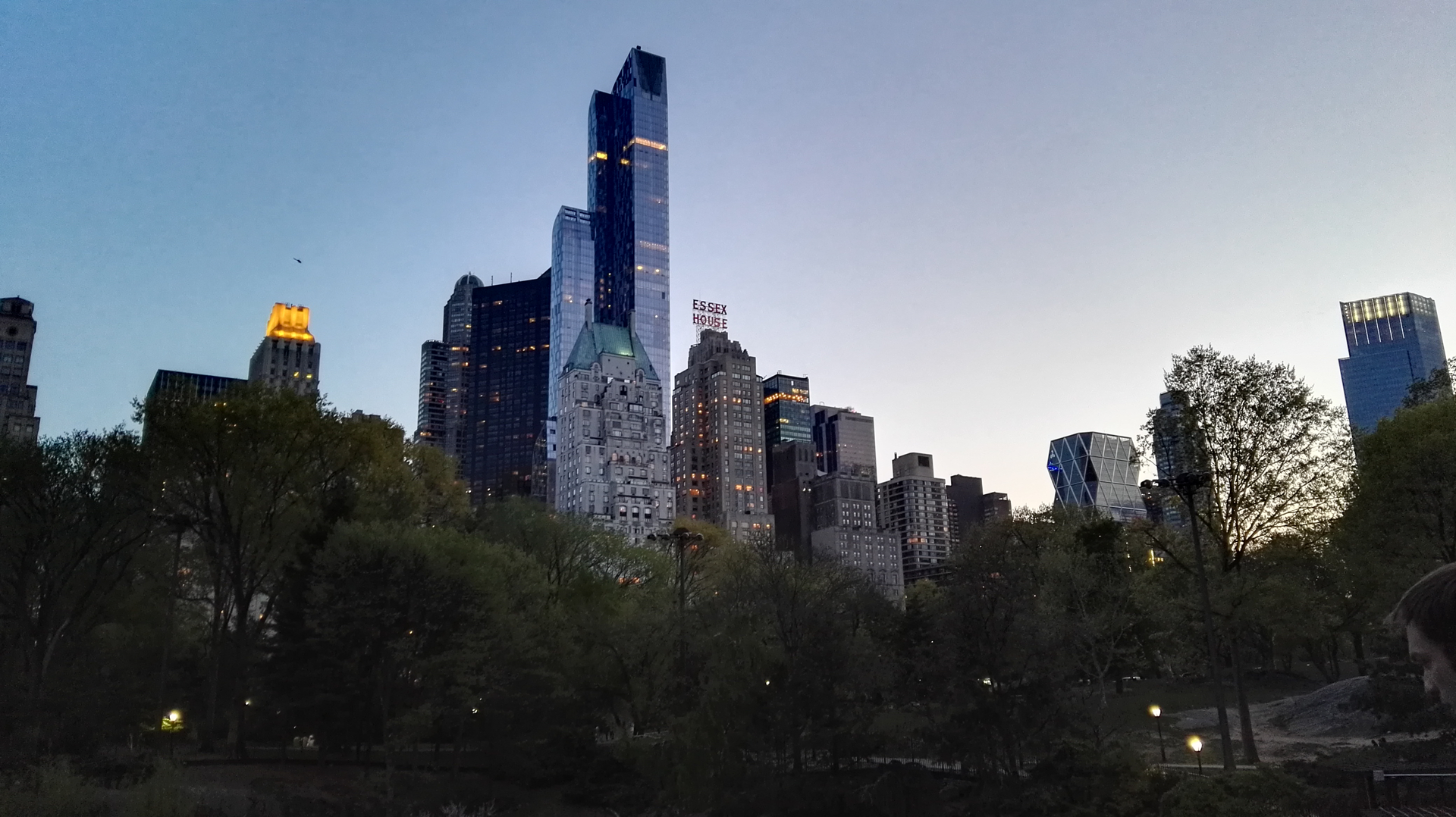
The P8's 8-MP front cam shoots bright, sharp selfies, accurately recording my blue eye shadow and individual strands of hair.
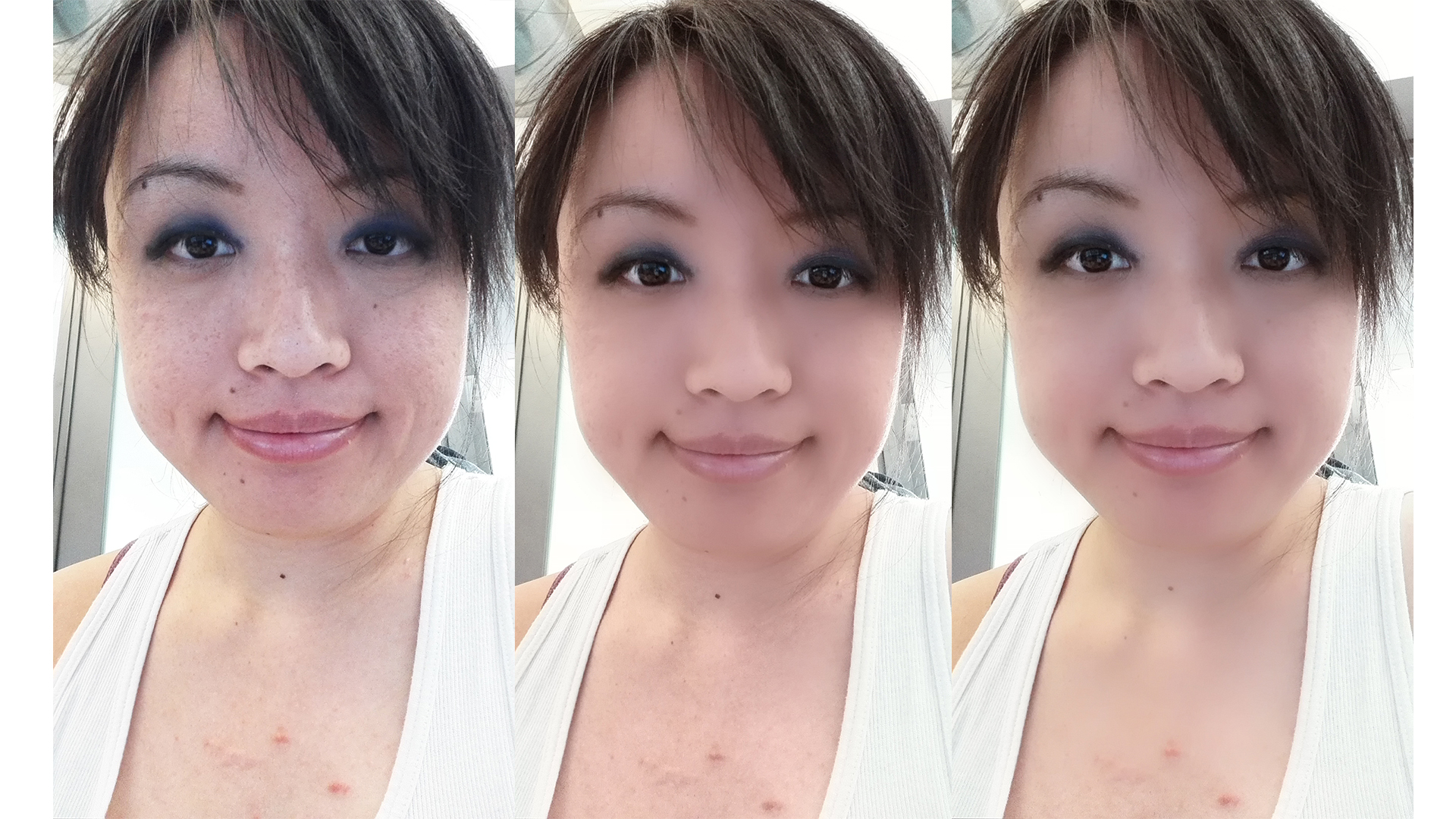
At the bottom of the viewfinder in selfie mode is a slider for Beauty Level, letting you toggle the intensity of the built-in effects to smoothen your skin. In general, I found that Beauty Level needs to be set at 4 before you start to see any effect.
My 1080p video of two friends playing Frisbee stuttered a little as I panned to follow the flying disc around, but image quality was clear overall.
Camera Special Features
If the P8 was locked, I like that you can take a picture by double pressing the volume-down button. Huawei also added a Super Night Mode to the P8 that leaves the shutter open longer and reduces noise (grain) for better images in darkness. You're advised to use a tripod or steady your phone against a stationary object for a clearer picture, because of the long shutter speed. In this mode, anything that moves when you're recording will result in a blur.
During my testing, almost none of my Super Night Mode shots came out clear, often because I didn't have a tripod and my hands weren't steady enough, such as in a dark piano bar on Saturday night.

Even when I steadied my hands and stayed as still as I could, the resulting picture of the nighttime Manhattan skyline was blurry, although it did show a great deal more detail.

Super Night Mode also isn't ideal for shooting a moving subject, since all you'll see is a streak instead of your subject. But if you are shooting buildings or stationary objects in the dark, it could be useful.
Using the same idea of long shutter exposure, Huawei added what it calls a Light Painting feature to let you capture light trails in low light. This mode offers four settings: Tail Light Trails, Light Graffiti, Silky Water and Star Track. The last mode is ideal if you're out camping in the wilderness and have an unfettered view of the night sky.
I used Tail Light Trails mode to capture passing traffic in Manhattan, and was entranced by the moving streaks that appeared on the screen as cars passed. Surrounding lights were captured as well though, making for a chaotic picture.

In general, Light Painting is only practical if you have a tripod and someone who is holding a light source and is ready to move it in the way you want. It's fun and novel, but most everyday photographers aren't likely to have much use for this feature.
The Perfect Selfie tool uses facial recognition to detect your mug and enhance it to preset preferences. This is different from Beauty Level, which is just a general fix for all faces in a picture.
For example, you can set exactly how smooth and light you want your skin to look, as well as how big and bright your eyes should be, and how slim you would like your face to appear. Once that's specified and Perfect Selfie is activated, the P8 will automatically edit your face to look like that in every selfie or wefie (group selfie) you take.
I adjusted my face to look somewhat alienlike in Perfect Selfie, and forgot all about it until later that evening when I took a selfie with my roommate. She looked normal and had some enhancements, thanks to Beauty Level, but my face shocked me with the bug eyes that I had set it to create.

Of course, if you have the settings on at a more subtle level, Perfect Selfie could help make each portrait look very flattering.
The camera app also has plenty of controls for the power user, including manual settings for ISO light sensitivity, white balance, saturation, exposure compensation, brightness and contrast. You can also set the camera to take photos with a voice command (either when you say "cheese" or when your voice reaches a preset decibel level) or to trigger the shutter when it detects a smile.
Apps
Huawei packed quite a lot of apps into the P8, most of which are helpful. In addition to utilities such as Files and Phone Manager (which lets you see your security and system settings at a glance), there is the usual assortment of Google apps, including Chrome, Gmail, Drive, Play Store and YouTube.
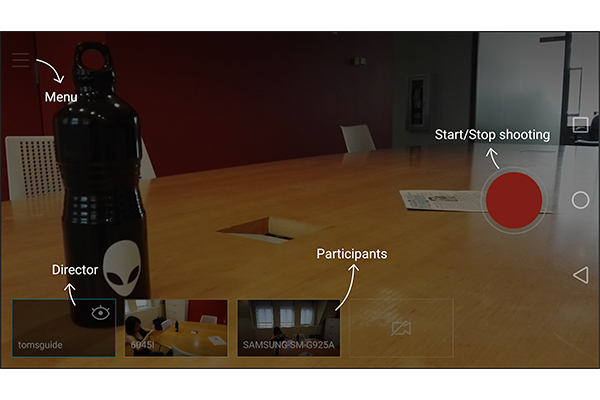
The P8 comes with a new Director Mode app that lets you shoot and edit videos from up to four different Android devices at once. I installed the Director Mode app on an Alcatel Onetouch Idol 3 and a Samsung Galaxy S6, and connected all three via Wi-Fi Direct.
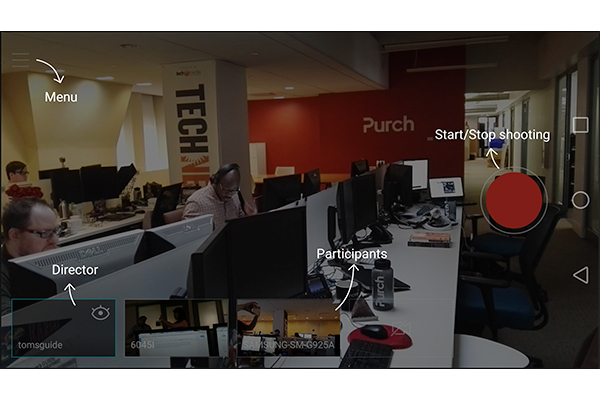
I then started recording a multiangle video that pulled feeds from all three cameras. While recording, I easily switched from camera to camera by tapping the preview of each device's footage at the bottom of the screen. Each phone would be notified when it was selected as the active shooter.

After I was done, I could trim the footage and add music and titles, but that was it. For more editing options, such as adding transitions, filters or effects, you'll have to transfer your video to another app, such as CyberLink's PowerDirector or Magisto.

While Director Mode worked seamlessly and well, this feature is likely only useful to aspiring Steven Spielbergs or at special occasions where you can get more than two friends with Android devices to help. The eventual video would be saved just to the Huawei, which is doing and controlling the recording.
Battery Life
The Huawei P8's 2,680-mAh battery won't last you all through the workday, but it gets close.
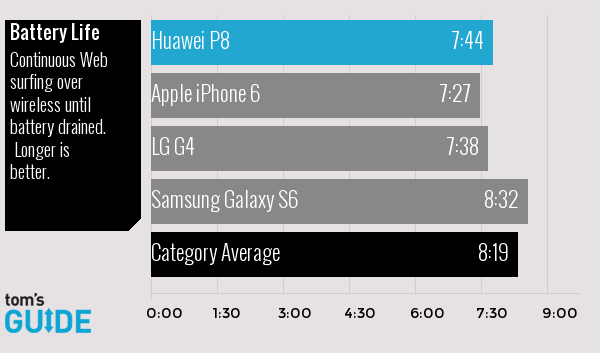
Enduring 7 hours and 44 minutes on our battery test (continuous Web surfing at 150 nits of brightness over 4G on T-Mobile's network), the P8 has a shorter runtime than the average smartphone (8:27) and the Galaxy S6 (8:32), but outlasted the iPhone 6 (7:40) and the LG G4 (7:38).
MORE: 10 Smartphones with the Longest Battery Life
Price and Availability
We reviewed the international version of the Huawei P8, which is compatible with AT&T and T-Mobile's networks. It's available globally for 499 English pounds unlocked (approximately $566) for the 16GB version and 599 pounds (approximately $680) for the 64GB version. Depending on the retailer, you might be able to get it in the United States at a premium. For instance, the P8 starts at $768 on Amazon, but $499 on OppoMart.
If you have the patience, Huawei says it is bringing a variant of the P8 to the United States in May, but price and availability have not been announced. We expect that model to have some hardware differences from the international version, and will update this review with the changes.
Bottom Line
From its beautiful design to its sumptuous display, the Huawei P8 is a real feast for your eyes. Its handsomeness is matched by a very capable camera. It's also about $100 less than the Samsung Galaxy S6 ($600 to $685 unlocked on major carriers). The P8 isn’t the fastest phone in its class, and its interface is far from pure Android, but its design, display and photography prowess make it one of the best Android phones of 2015.
Cherlynn Low is a Staff Writer at Tom's Guide. When she's not writing about wearables, cameras and smartphones, she's devouring old episodes of Torchwood or The X-Files. Or taking selfies. Follow Cherlynn @cherlynnlow. Follow Tom's Guide at @tomsguide and on Facebook.
Cherlynn is Deputy Editor, Reviews at Engadget and also leads the site's Google reporting. She graduated with a Master’s in Journalism from Columbia University before joining Tom's Guide and its sister site LaptopMag as a staff writer, where she covered wearables, cameras, laptops, computers and smartphones, among many other subjects.
